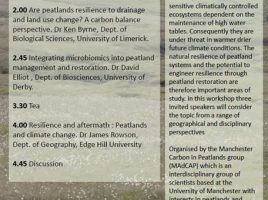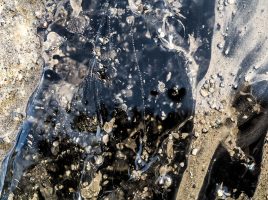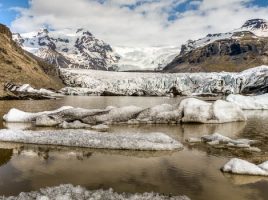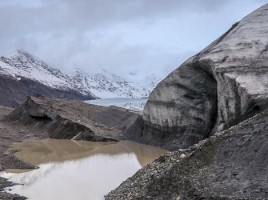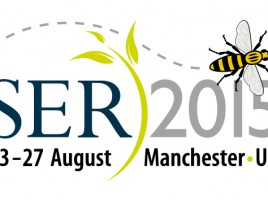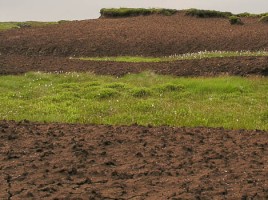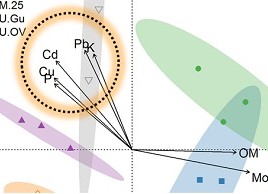
Aspects of microbial communities in peatland carbon cycling under changing climate and land use pressures.
This is a perspective review authored by peatland scientists, microbial ecologists, land managers and non-governmental organisations who were attendees at a series of three workshops held at The University of Manchester in 2019-2020. Here we review the impacts of climate change (search criteria for references are given in the introduction …

